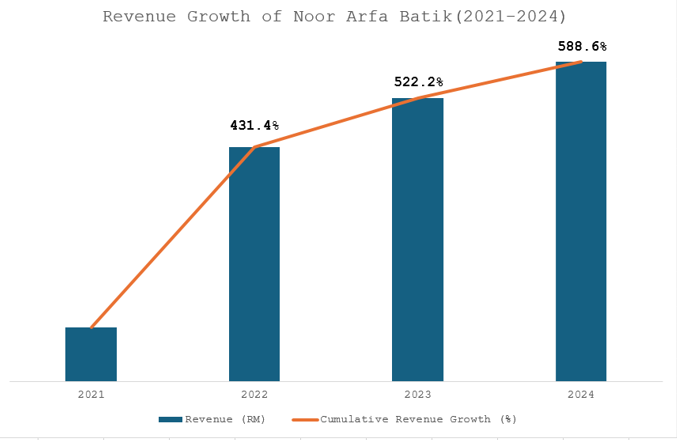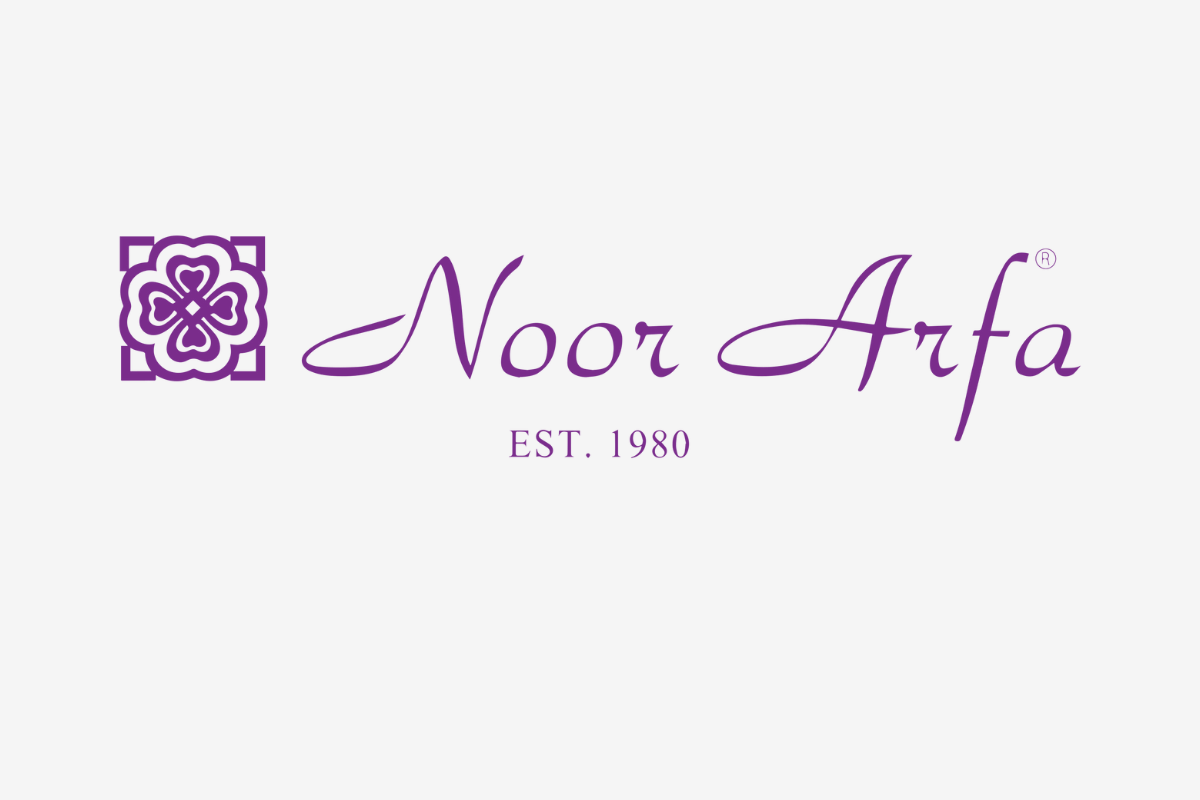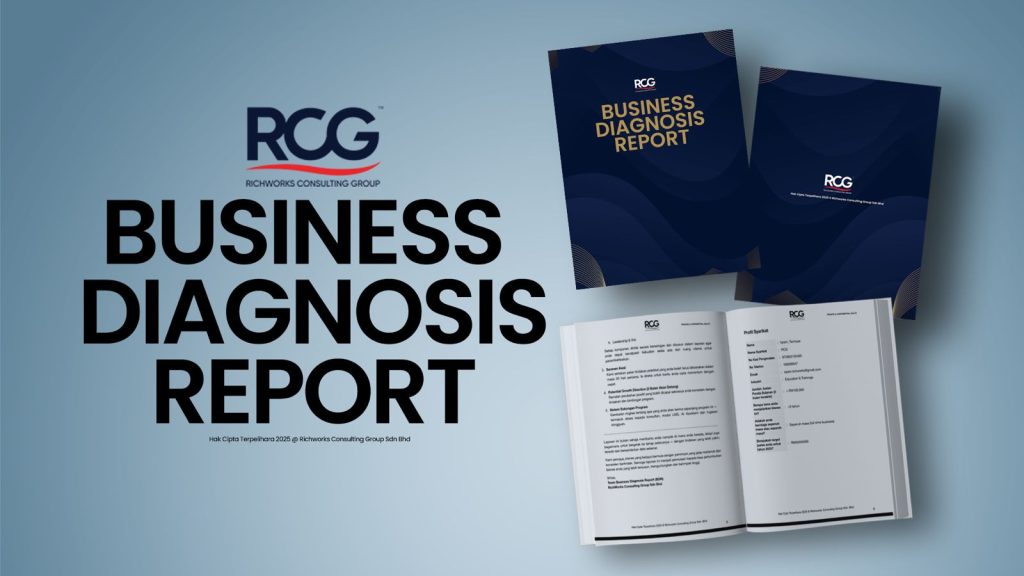1. Executive Summary
This report provides a comprehensive analysis of Noor Arfa Batik’s transformation journey from a heritage-based textile producer into a modern lifestyle brand with scalable systems and community-led growth. As one of Malaysia’s oldest batik institutions, Noor Arfa faced market stagnation due to outdated systems and over-reliance on traditional retail. However, through structured transformation with RichWorks Consulting Group (RCG), the brand adopted a hybrid sales model, introduced a national reseller program, and revitalized its operational backbone.
This report outlines:
- Key performance insights (financial rebound, sales model shift, and brand repositioning)
- Strategic decisions in adapting heritage products to modern markets
- Long-term plans for regional expansion, digital scaling, and ESG alignment
2. Business Overview
- Company Name: Noor Arfa Batik
- Industry: Textile, Fashion & Heritage
- Core Offerings: Traditional batik apparel, lifestyle fashion, textile production, and custom wear
- Business Model: Direct retail + structured community-based reseller ecosystem
- Target Market: Middle to upper-income consumers, government agencies, and B2B clients across Malaysia
3. Financial & Performance Analysis

Revenue Growth
Noor Arfa Batik’s cumulative revenue growth of 431.4% in 2022, 522.2% in 2023, and 588.6% in 2024 marks a strategic turnaround driven by community empowerment and operational restructuring. Rather than relying solely on traditional retail models, the company adopted a community-based reseller strategy that mobilized local women and underserved groups into active brand partners. This approach not only expanded market reach organically but also positioned Noor Arfa as a purpose-led brand with deep roots in cultural heritage and economic empowerment.
This trajectory mirrors a classic scale-up curve—rapid growth in the early phase, followed by the establishment of sustainable business practices. As cumulative growth accelerated, Noor Arfa invested in people development, streamlined its operations, and implemented structured systems to support long-term performance. The result is a business model that balances profitability with social impact, ensuring that growth is not only accelerated but also resilient and purpose-driven.
Brand Engagement Metrics
- Facebook Followers: 67k
- Instagram Followers: 27.4k
4. Industry Trends & Competitive Landscape
Key Market Trends
- Revival of cultural fashion among Gen Z & Millennials
- Growth of ethical, artisan-led consumer preferences
- Omni-channel retail blending physical presence with digital platforms
Competitive Landscape
- Main Competitors: Modern artisan batik brands and heritage-inspired fashion labels.
- Noor Arfa’s Edge:
- Community-first sales model with nationwide reseller engagement
- Deep cultural equity and 40+ years of brand heritage
- Strong hybrid retail execution (offline, online, roadshows)
The Malaysian batik and cultural fashion industry is undergoing a renaissance, driven by a new generation of consumers seeking identity, heritage, and sustainability in what they wear. Gen Z and Millennials are increasingly embracing cultural fashion as a lifestyle choice, not just a tradition—reviving interest in artisanal textiles and heritage-driven brands.
This shift is further amplified by the growth of ethical consumption. Consumers are now prioritizing brands that champion craftsmanship, cultural authenticity, and fair economic practices. At the same time, retail behavior has evolved into an omni-channel model, where brand discovery and engagement occur fluidly across physical outlets, online platforms, and experiential events like roadshows and exhibitions.
In this dynamic landscape, brands such as Ruzz Gahara, Batek by Rasta Rashid, and Kapten Batik are actively innovating with modern design, storytelling, and digital strategies. However, Noor Arfa Batik holds a unique competitive position—built on over 40 years of cultural legacy and a nationwide community-based reseller model that combines empowerment with reach.
By leveraging hybrid retail strategies, including brick-and-mortar outlets, a strong online presence, and consistent participation in national roadshows, Noor Arfa has redefined itself as a heritage brand with modern relevance. Its ability to scale through community trust, while preserving artisanal value, sets it apart in a crowded but values-driven market.
5. Key Challenges & Solutions
| Challenge | Strategic Response |
| Market stagnation & outdated model | Structured reseller network launched to scale sales and community income |
| Lack of digital visibility | Website relaunch, influencer marketing, and cultural storytelling content |
| Internal misalignment & no SOPs | Leadership training, SOP implementation, performance KPIs |
| Product dependence | New lifestyle lines and corporate B2B expansion |
As Noor Arfa evolved into a multi-channel brand, it faced limitations tied to old processes, reactive marketing, and centralized leadership. With RCG’s support, a structured transformation was executed across four core pillars:
Challenge 1: Market Stagnation
The brand’s reliance on walk-in customers and limited wholesale reach constrained growth. RCG guided the rollout of a national reseller ecosystem, providing women-led microbusinesses with tools, incentives, and onboarding—dramatically expanding market coverage and social impact.
Challenge 2: Digital Absence
Noor Arfa’s brand visibility was low online, with minimal customer acquisition from social or digital platforms. Noor Arfa revamped its digital presence by redesigning key assets such as the website and marketplace listings. The brand also adopted high-engagement content strategies across platforms like Instagram and TikTok to increase reach and attract new customers.
Challenge 3: Operational Bottlenecks
Manual processes slowed production, logistics, and team productivity. SOPs were implemented, leadership was restructured, and team training was conducted to instill accountability and speed.
Challenge 4: Limited Product Innovation
Sales relied heavily on traditional batik wear without tapping into emerging demand. The team introduced new lifestyle batik products and secured partnerships with corporate clients for uniforms, gifts, and custom designs.
6. Conclusion & Future Growth Roadmap
Noor Arfa Batik’s transformation proves that heritage brands can thrive in modern markets—if they are willing to adapt. With support from RCG, the company rebuilt from the inside out: introducing systems, growing talent, and expanding its sales model. Its roadmap now focuses on sustainability, regional impact, and cultural innovation.
RCG’s Role in Client Growth
RCG (RichWorks Consulting Group) played a central role in Noor Arfa Batik’s transformation, delivering:
- Business model reengineering
- Leadership and SOP alignment
- Sales system redesign
- Brand repositioning and digital rollout
- Regional growth strategy development
- Team development
Want to scale your heritage brand like Noor Arfa Batik?
📩 Contact RCG (RichWorks Consulting Group) for tailored growth strategies, leadership transformation, and long-term business success.



